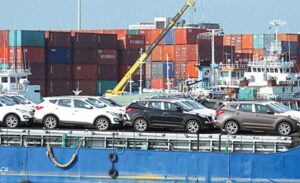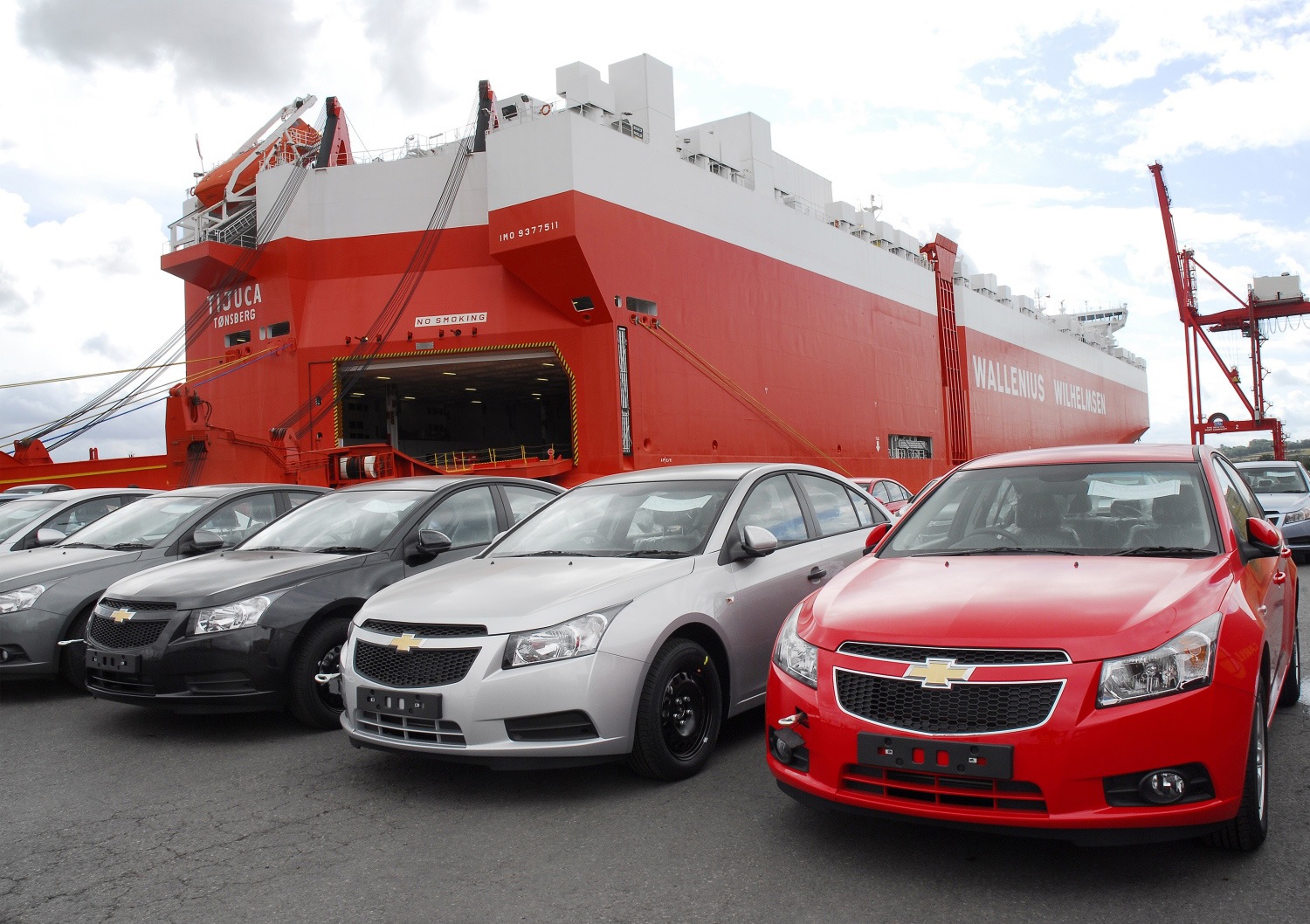New Vehicle Import Taxes and Restrictions Spark Price Surge and Consumer Concerns
The Treasury has recently introduced a string of new taxes and regulations on vehicle imports in Sri Lanka, a move that is already sending shockwaves through the market. A fresh surcharge on Customs duty, along with other conditions, is expected to drive imported vehicle prices significantly higher while aiming to safeguard the nation’s precious foreign currency reserves.

Starting February 1, the government has imposed a 30 percent surcharge on the Customs Import Duty. This new tax is structured as twenty percent of the existing Customs Import Duty plus an additional fifty percent surcharge on that amount. Officials believe this measure will help control the increasing demand for dollars, especially with the lifting of a five-year import restriction that many feared would unleash a flood of imported vehicles into the market.
Additional Tax

The impact of these measures is already evident. Vehicle importers were busy finalizing prices just before the changes took effect, and the additional tax burden is now pushing costs to new heights. For instance, models like the Suzuki WagonR (2024) are estimated to cost around Rs 7 million, while other popular models such as the Honda Vezel, Toyota Hilux, and Toyota Aqua are seeing even steeper price tags. The revised tax structure has caused a noticeable spike in prices when compared to the pre-pandemic era.
Adding to these concerns, the Chairman of the Vehicle Importers’ Association of Sri Lanka (VIASL), Indika Sampath Merenchige, has pointed to a key decision that has exacerbated the price increase, particularly for Japanese vehicles. Merenchige highlighted that the government’s move to allow the importation of vehicles only up to 2 years old—rather than the previous limit of 5 to 7 years from the year of manufacture—has been the main driver behind the surge in prices. Speaking on the matter, he expressed his alarm that this decision would make it nearly impossible for an ordinary citizen to purchase a vehicle for less than Rs. 10 million.
Merenchige further explained, “What will ultimately happen is that the ordinary people of this country will not be able to purchase a vehicle for less than Rs. 10 million. This is something that could have been bought for about Rs. 6 million to 6.5 million if it had been extended to 5 years.” He emphasized that the significant price increase is directly linked to the government’s decision to restrict imported vehicles to those within 2 years of manufacture. The impact of this change is already evident in current auction prices for Japanese vehicles. For example, a Toyota Raize 1200cc can reach around Rs. 16 million, a Toyota Yaris may cost more than Rs. 11 million, and a Honda Vezel 1500cc hybrid, normally priced at about Rs. 19.5 million, is expected to climb to approximately Rs. 24 million. Even the much-favored Wagon R model is predicted to exceed Rs. 10 million.
Tax Implications
Alongside these tax changes, the government has also introduced additional requirements for vehicle importers. New regulations mandate that importers provide their Taxpayer Identification Number (TIN) to the Department of Motor Traffic during vehicle registration. Furthermore, only vehicles that are within three years of manufacture are now allowed to be imported—a change that further restricts the pool of available vehicles and drives up market prices.
As these measures take effect, the full impact on the vehicle market remains to be seen. However, one thing is clear: while the new tax regime may help stabilize foreign currency reserves, it is also making new vehicles increasingly out of reach for the average citizen. The coming months will reveal whether the government’s strategy successfully balances economic stability with consumer affordability in a challenging market environment.







